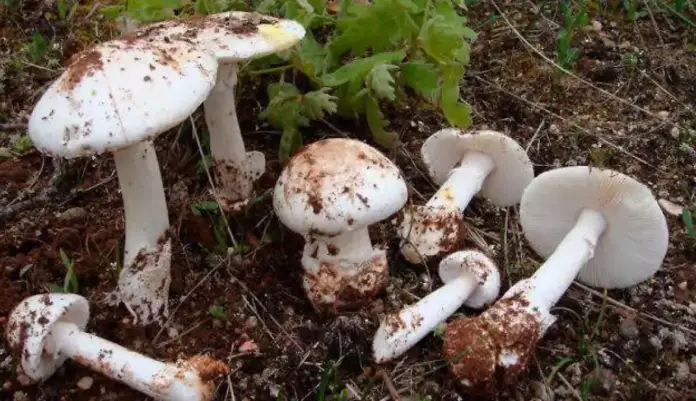Chiapas is home to a rich fungal diversity, especially during the rainy season. However, among the many species of wild mushrooms that grow in its forests, the Amanita genus stands out, considered one of the most toxic and dangerous in the world. The presence of these mushrooms in regions such as San Juan Chamula, Zinacantán, and San Cristóbal de Las Casas has raised concerns among indigenous communities and health authorities about the risk posed by accidental consumption.
According to information from the Ministry of Health and the Latin American Electronic Journal of Educational Research, several species of the Amanita genus have been identified in Chiapas, including the well-known Amanita muscaria, famous for its bright red color with white spots and its hallucinogenic effects. Although not usually fatal, it can cause nausea, vomiting, and severe hallucinations. Other species such as Amanita virosa, Amanita verna, Amanita arocheae, and Amanita bisporigera are potentially fatal, as they directly affect the liver and can cause irreversible liver failure.
The forested areas of the Chiapas Highlands offer an ideal environment for the proliferation of these mushrooms. However, they are often mistaken for edible varieties by residents who collect them without specialized mycological knowledge. This confusion has led to serious poisoning and even deaths, primarily in children.
Erythrina: The Red-Flowered Tree That Beautifies Chiapas
This tree can be found in some parts of our state.
Given this situation, experts recommend against collecting or consuming wild mushrooms without the guidance of trained individuals. Furthermore, they emphasize the need to strengthen community education about the dangers of these mushrooms and promote prevention campaigns in rural areas.
Chiapas’ natural wealth is undeniable, but it also entails a great responsibility: protecting life through knowledge and respect for the ecosystems that surround us.

Source: oem




